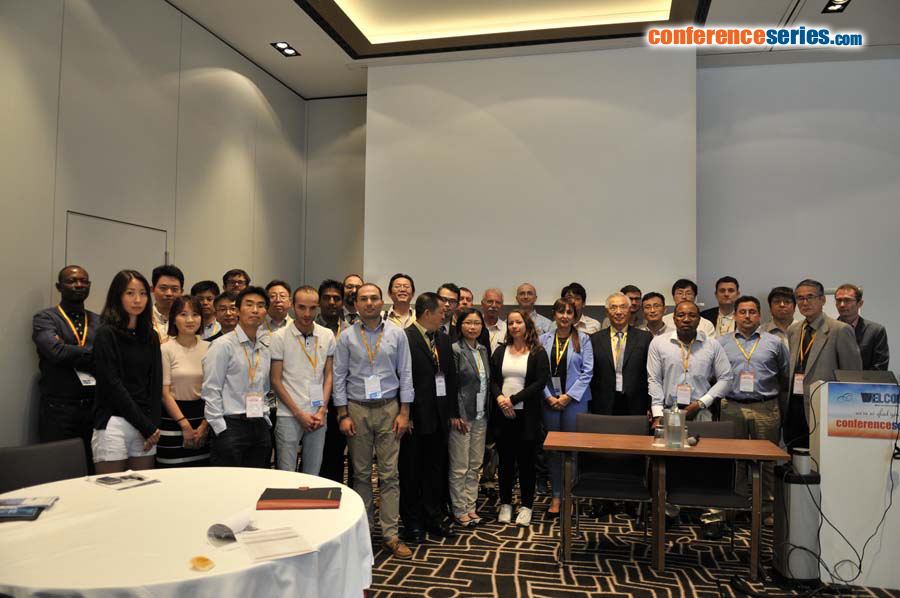
Siham Echihi
Chouaib Doukkali University, Morocco
Title: Inhibition of copper corrosion in 0.1m NaCl solution by 1.3.4 thiadiazole 2.5 dithiol (dmtd): Experimental and theoretical study
Biography
Biography: Siham Echihi
Abstract
Corrosion of copper and its inhibition by 1.3.4 thiadiazole 2.5 dithiol (DMTD) have been investigated in 0.1M NaCl solution using potentiodynamic polarization (PDP), electrochemical impedance spectroscopy (EIS), scanning electron microscopy (SEM) along with energy dispersive (EDX), atomic absorption spectroscopy (AAS) and ion chromatography (IC), quantum chemical calculations and the molecular dynamics (MD) simulation. Relationships between inhibition efficiency and molecular orbital were also evaluated. PDP measurements showed that the presence of DMTD significantly decreases anodic, cathodic, and corrosion currents in the studied solution with more pronounced effect on anodic domain and the inhibition efficiency decreases with increasing the temperature. EIS measurements indicate that the values of polarization resistance and inhibition efficiency tend to increase by increasing the immersion time inhibitor. SEM/EDX measurements revealed that DMTD is adsorbed on the copper surface at open-circuit potentials, preventing copper from being corroded by forming a protective layer on its surface. IC and AAS analysis results showed that the concentrations of chloride ions and copper(II) ions in 0.1M NaCl increased and decreased, respectively, after the corrosion process, when 10-2 M of DMTD is present in the solution. Quantum chemical calculations and the molecular dynamics (MD) simulation show that DMTD has relatively small ΔE between HOMO and LUMO and large negative charge in its three sulfur atoms, which facilitates the adsorption of DMTD on the copper surface. Therefore, the studied molecule is likely to adsorb on the copper surface in aqueous phase to form stable adsorption layers and protect copper from corrosion.


